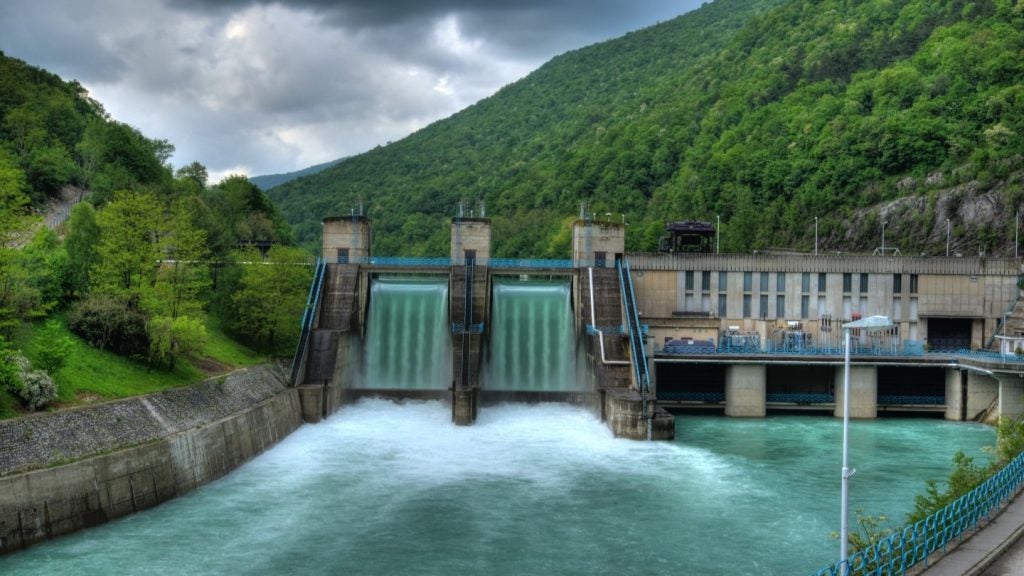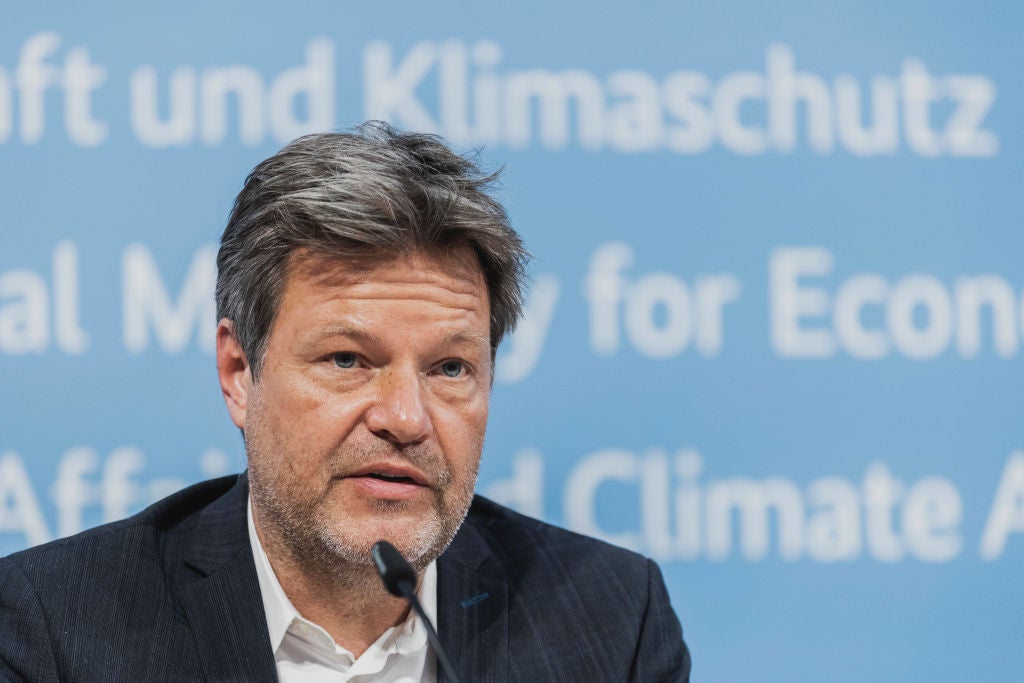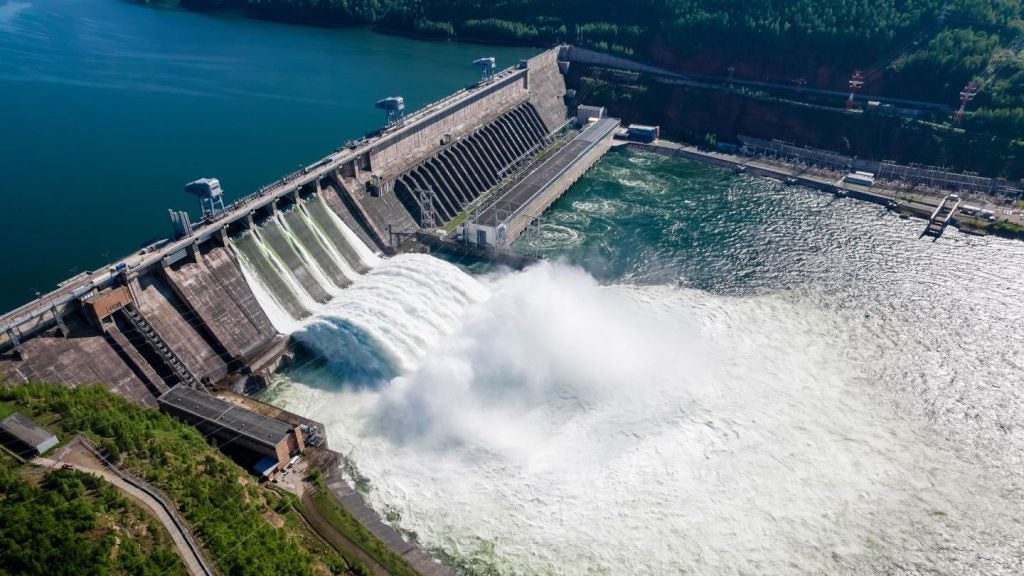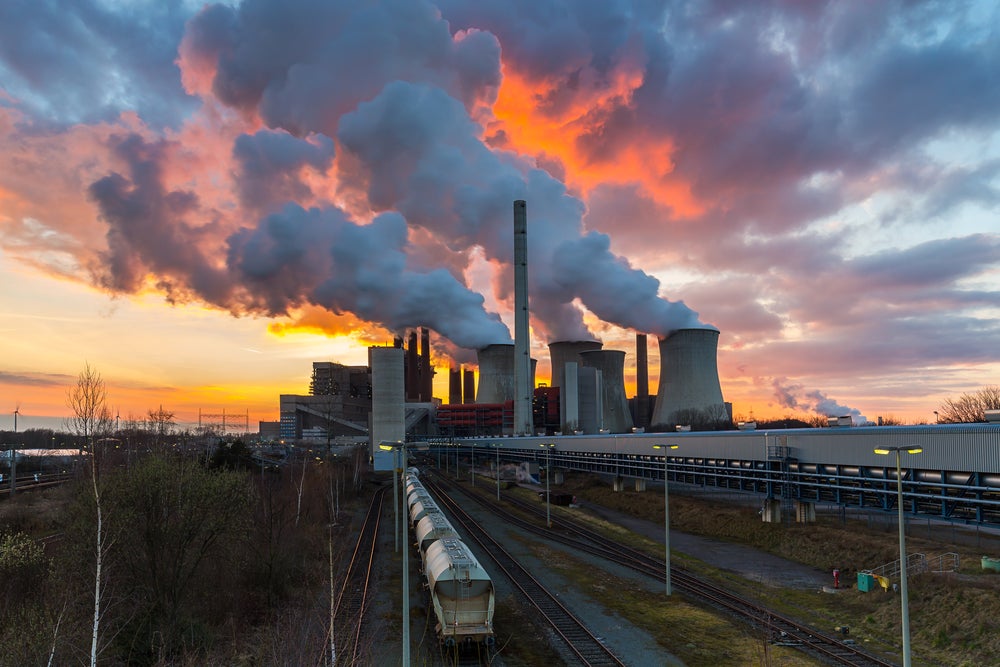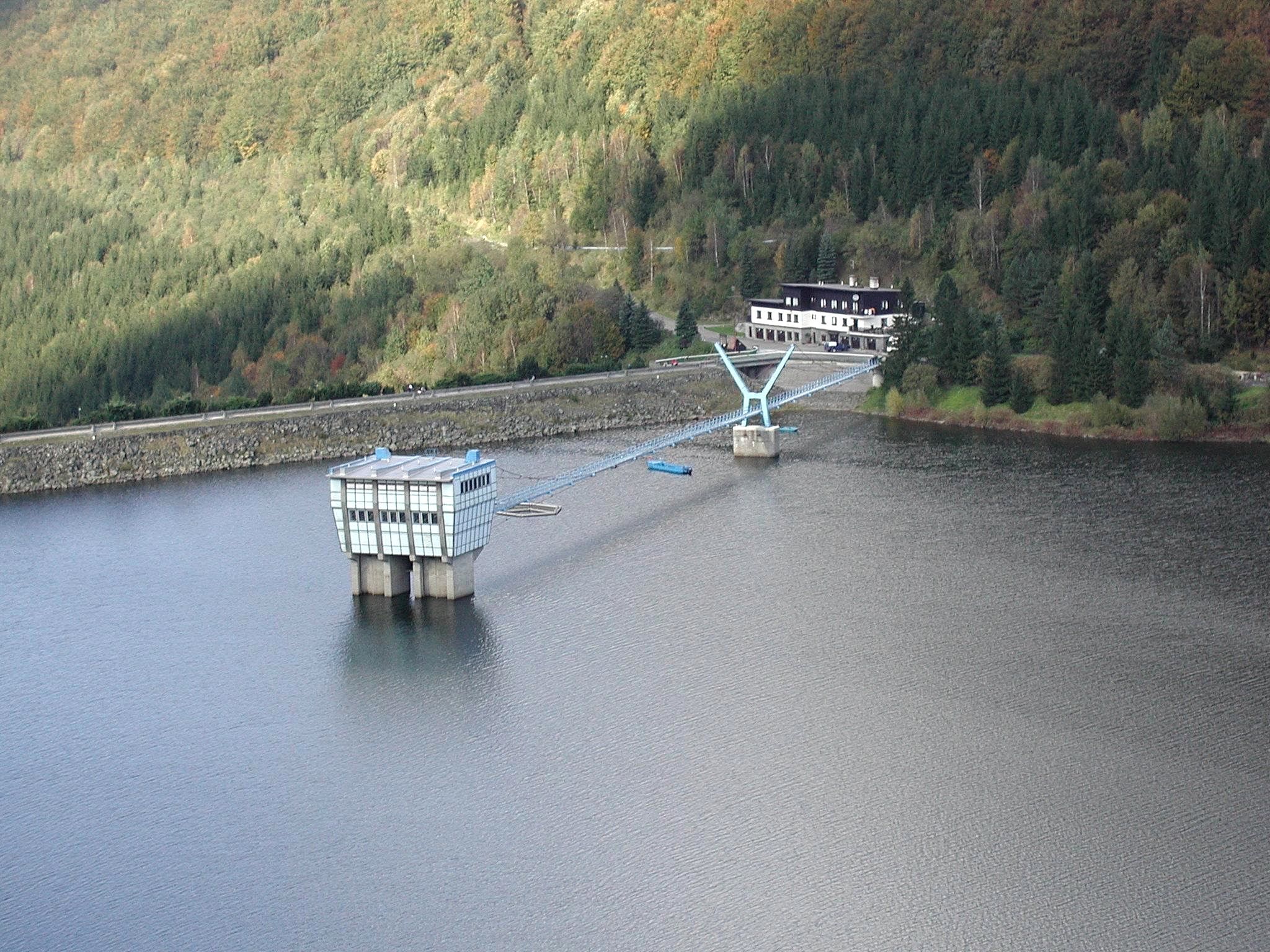
In August, local people in the Serbian village of Rakita tore up piping laid to support a new hydropower facility on the Rakitska river, out of concern for the damage that the dam could do to the river and its wildlife. The incident is the latest and most direct instance of local opposition to hydropower plants in Serbia, building on protests against the construction of 60 new dams in the Stara Planina Nature Park that drew thousands of supporters in 2017.
This opposition is perhaps surprising considering the extent to which hydropower has embedded itself into the structure of European clean energy generation. In 2015, hydropower accounted for 36% of renewable electricity generation in the continent and 10% of all electricity produced, the most of any renewable energy source. In light of this, it makes a strong case that reaching environmental targets, such as those set out by the Paris Climate Agreement, would be impossible without hydropower.
A key driving force behind this trend is the financial support that hydropower has received from the EU, with around $117bn in investment between 1970 and 2007, the most of any renewable energy source, and behind only coal and nuclear fission in the period. The struggles of the energy source in Serbia, therefore, have alarmed its supporters, and represent growing discontentment with both hydropower facilities in particular, and the continent-wide system of subsidies and investments that have enabled construction of these dams across Europe.
Local opposition and direct action
“It’s like stealing the water,” explained Ullrich Eichelmann, CEO of Riverwatch, a charity that works to protect rivers and waterways from the potential environmental damage of hydropower dams. “And it’s done in such dimensions in the Balkans that there are more and more people affected, so [there has been] a kind of tipping point.”
This idea of theft creates a distinction between abstract environmental goals – that is, the need to use more forms of electricity generation that do not emit carbon dioxide – and tangible impacts on local environments and communities. This divide also aligns with a distinction between governments and powerful organisations on a national and continental level, who are interested primarily in these abstract environmental ideals, versus local people, who stand to lose both practically and culturally from the construction of these plants.
How well do you really know your competitors?
Access the most comprehensive Company Profiles on the market, powered by GlobalData. Save hours of research. Gain competitive edge.

Thank you!
Your download email will arrive shortly
Not ready to buy yet? Download a free sample
We are confident about the unique quality of our Company Profiles. However, we want you to make the most beneficial decision for your business, so we offer a free sample that you can download by submitting the below form
By GlobalData“A lot of these people really depend on these rivers and streams,” said Eichelmann. “They need the water for irrigation, for husbandry, for drinking water, and for fishing. There is also what I realised over the last ten years, [that] the communities in the Balkans have an emotional relationship to these rivers; there’s lots of songs about different rivers, for example, and that is part of their home, in a way.”
The direct action used by the people of Rakita is striking, and not unexpected, considering the apparent ineffectiveness of conventional protest methods used in the past. A coalition of NGOs under the banner “Action Weeks for Balkan Rivers” staged protests in July 2019, the “Brave women of Kruščica” were honoured by EuroNatur for their work in protecting a river crossing of the same name in Bosnia for 500 days, and 5,000 people marched on the capital city of Belgrade in January this year to oppose the planned construction of 850 hydropower plants across the country.
While these efforts have been ambitious, and their participants committed, there are still more than 8,700 new hydropower dams planned for construction across Europe. The number suggests that more direct action may be required to prevent their spread.
Small-scale projects and large-scale impacts
These protests have been targeted mostly at small-scale hydropower plants, which are often built in place of larger ones due to their lower up-front costs, but create familiar tensions between local and national interests. Serbia currently relies on hydropower plants to produce 30% of its electricity, but a report from Bank Watch found that the smallest of such facilities, those producing less than 10MW, contributed just 0.8% to the country’s total electricity generation.
Another report, a 2017 publication from Riverwatch itself found that 90% of existing and planned hydropower facilities across Europe are small-scale projects. It suggests that this inefficiency is a widespread problem, and helping to create a disconnect that Eichelmann says is at the heart of the problem.
“You can get a hell of a lot of money by destroying nature, without actually producing a lot of electricity,” he said. “That’s why the investors are keen on investing in hydropower, and this is the root cause of the problem.
“It’s a death by a thousand cuts.”
Yet the relatively low financial hurdles to constructing hydropower facilities have made it one of the most effective and well-established forms of clean energy in Europe, at least from a power generation perspective. A report from hydropower operator association VGB PowerTech notes that the continent’s electricity production from hydropower has remained fairly constant, even slightly increasing, from just under 400 TWh in 2015 to a predicted total of just over 400 TWh in 2050.
Hydropower outpaced both wind and solar production between 2000 and 2015, and while there may be greater potential for wind and solar output in the future, hydropower is the most reliable form of green electricity production by a considerable margin.
Yet Eichelmann argues that these environmental targets, while well-intentioned, have been misunderstood and misrepresented by decision-makers in Europe, with the goal of reducing carbon dioxide emissions prioritised ahead of all other ecological concerns.
“There is a general impression in Europe that hydropower is green, and a renewable source of energy, and that’s why it’s good, simply because it doesn’t emit carbon dioxide,” he explains. “But that’s completely rubbish; that would be like saying ‘drinking alcohol excessively is good for your health, because it doesn’t affect the lungs’.”
Research from Sustain Europe supports this idea, claiming that a third of Europe’s freshwater fish species are already threatened with extinction. Furthermore, the research states that if all planned hydropower facilities are constructed, up to 30 species of fish in the Balkans alone could be wiped out. The problem, therefore, is not with hydropower itself, but with the simplistic conclusion that the widespread adoption of hydropower would immediately solve the myriad of complex and inter-connected environmental challenges facing Europe both now and into the future.
The reputation of hydropower
Despite hydropower’s established status within the European energy mix, Eichelmann thinks that its influence could be on the wane, perhaps due to an increasing awareness of its environmental damage, a conclusion that could once have been considered counter-intuitive.
“I think, bit by bit, the attitude towards hydropower is getting darker,” he said. “The myth that it is great and green is vanishing, and even if these dams that are being fought [against] in the Balkans are small, it is still a message that hydropower is bad.
“This shaming and blaming of hydropower has effects on the hydro lobby itself and on the politicians, who have to decide in the near future whether hydropower can remain as a green source of energy, and therefore can be subsidised.”
The debate as to whether hydropower ought to be considered a form of renewable energy for the purposes of clean energy subsidies echoes that of nuclear power Yet while the nuclear debate is ongoing, the EU appears to have concluded that hydropower ought to receive such funding. In its 2018 renewable energy directive, the bloc explicitly names hydropower as a renewable form of energy, alongside sources such as wind and solar power, suggesting that, at the very least, the financial incentives to construct hydropower plants across Europe are set to remain in place.
This debate could also be indirectly contributing to new hydropower developments around the world, in regions with looser regulations and away from such public scrutiny. In September this year, it emerged that Germany is planning to build the world’s largest hydropower dam in the Democratic Republic of the Congo (DRC). A vast 44GW facility that would be twice the size of the Three Gorges Dam in China, it would effectively sidestep the European hydropower debate by providing electricity to Germany, while offloading many of the environmental impacts onto the DRC.
The activities of Balkan protestors, therefore, have raised awareness of local opposition to hydropower facilities built with only macro-level environmental concerns in mind. It is unclear, however, if this will lead to a fall in new hydropower dams across the country, and indeed the world. Yet this is an important first step, and Eichelmann is optimistic that this could lead to greater popular opposition to such projects in the future.
“If you’re ready to lose, you’re the most dangerous guy on the planet,” he said, referring to the protestors. “They are all aware that they can lose but they want to speak up and try, and then suddenly, in many cases, they realise ‘dammit, we’re a lot of people and we can change it!’”



